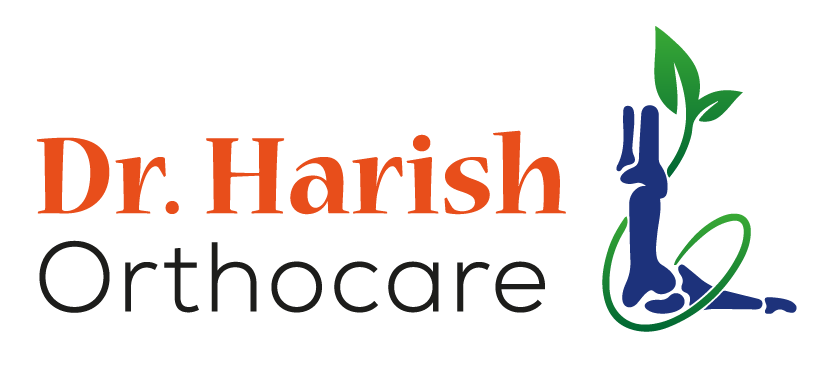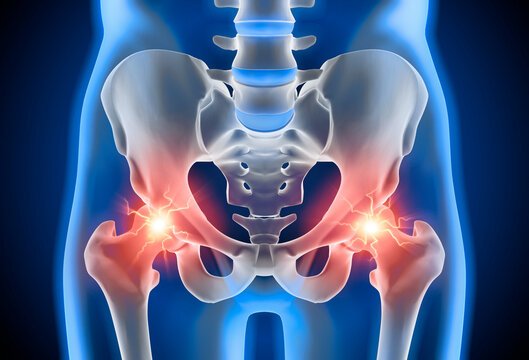1. Persistent Hip Pain
One of the first indications of hip osteoarthritis is persistent pain in the hip joint. This pain may be felt in the groin, outer thigh, or buttocks, often worsening with activity or prolonged standing. Early recognition of hip joint pain can prompt evaluation and treatment before the condition worsens.
2. Stiffness and Limited Range of Motion
Hip stiffness, especially after waking up or sitting for long periods, is a common symptom. Individuals may notice difficulty in performing everyday activities like bending, climbing stairs, or putting on shoes. Monitoring limited range of motion is crucial for early detection.
3. Swelling or Inflammation
Although hip osteoarthritis often lacks visible swelling compared to other joints, mild inflammation may occur. Patients may experience tenderness or warmth around the joint, indicating joint degeneration and the need for medical consultation.
4. Clicking, Popping, or Grinding Sensations
A grating or popping feeling in the hip joint, known as crepitus, can indicate cartilage breakdown. These sounds, often accompanied by discomfort, are early warning signs that should not be ignored to prevent further joint damage.
5. Reduced Mobility and Functional Limitations
Early hip osteoarthritis may lead to subtle changes in walking patterns, difficulty standing up from a chair, or needing support when moving. Noticing these functional limitations early allows for lifestyle adjustments and therapeutic interventions.
6. Pain During Rest or Nighttime Discomfort
Hip pain may become noticeable even during rest or while sleeping, which is a sign of progressing osteoarthritis. Nighttime discomfort can affect sleep quality and may indicate worsening joint health that requires prompt attention.
7. Muscle Weakness Around the Hip
Weakness in the surrounding muscles can occur as the joint becomes painful. This can lead to further imbalance, increased risk of falls, and a reduced ability to perform normal daily activities.
Conclusion
Early recognition of hip osteoarthritis symptoms, such as pain, stiffness, and limited mobility, is key to preventing severe joint damage. Consulting a healthcare provider promptly ensures proper diagnosis and management strategies.
With timely lifestyle modifications, physical therapy, and medical interventions, patients can maintain mobility and reduce discomfort. Addressing early signs can significantly improve quality of life.

